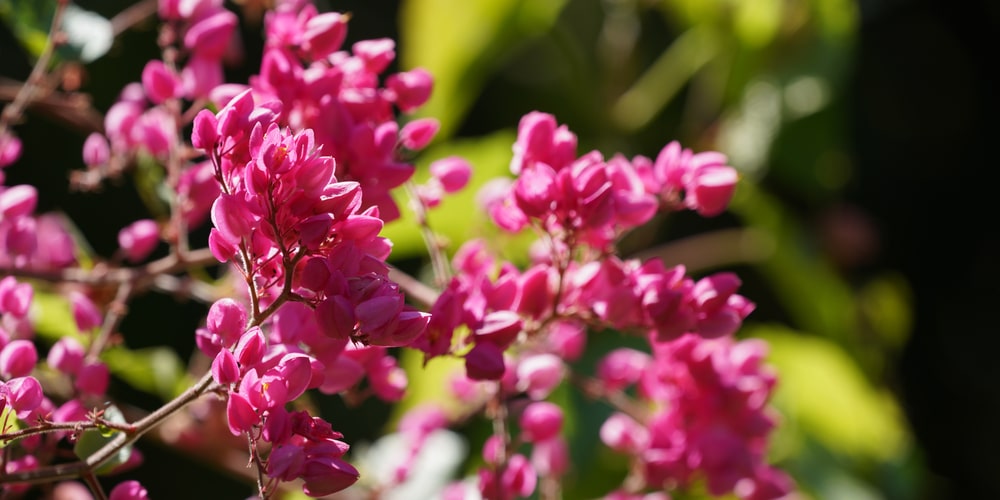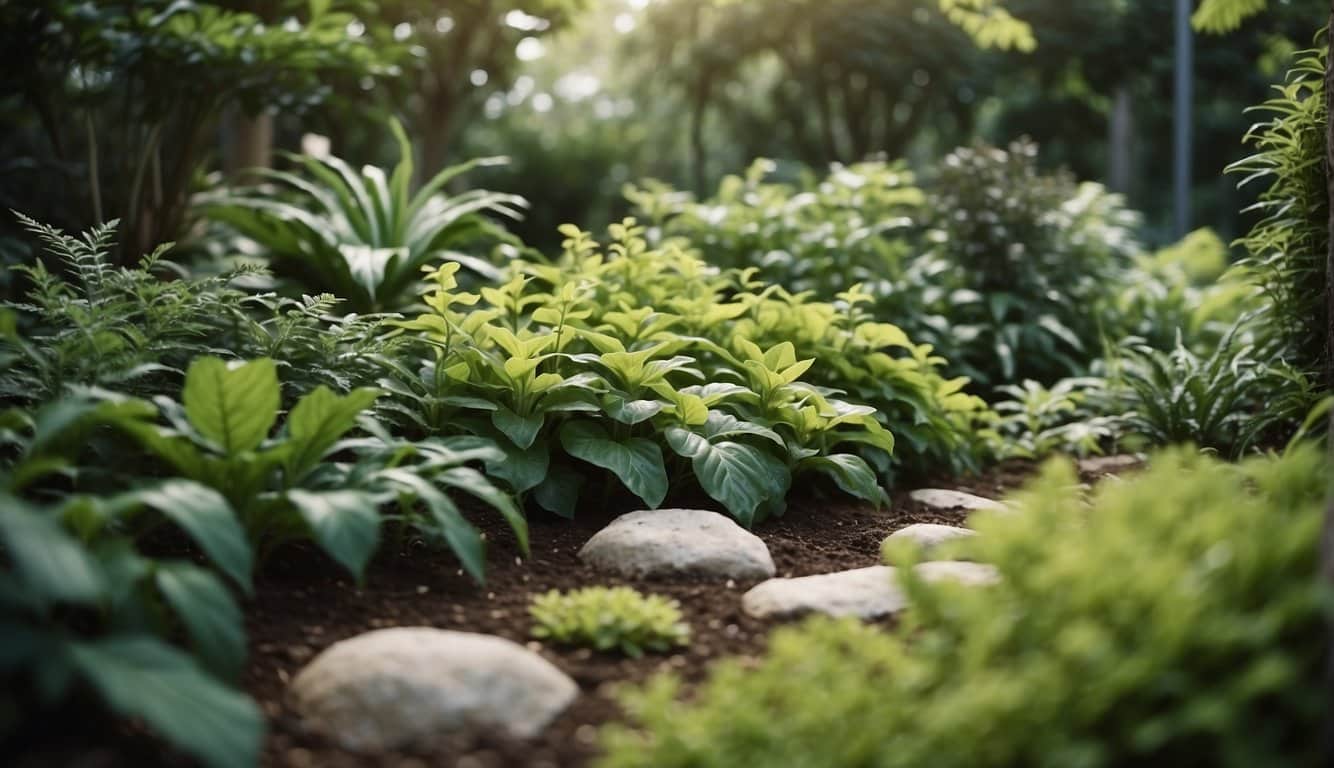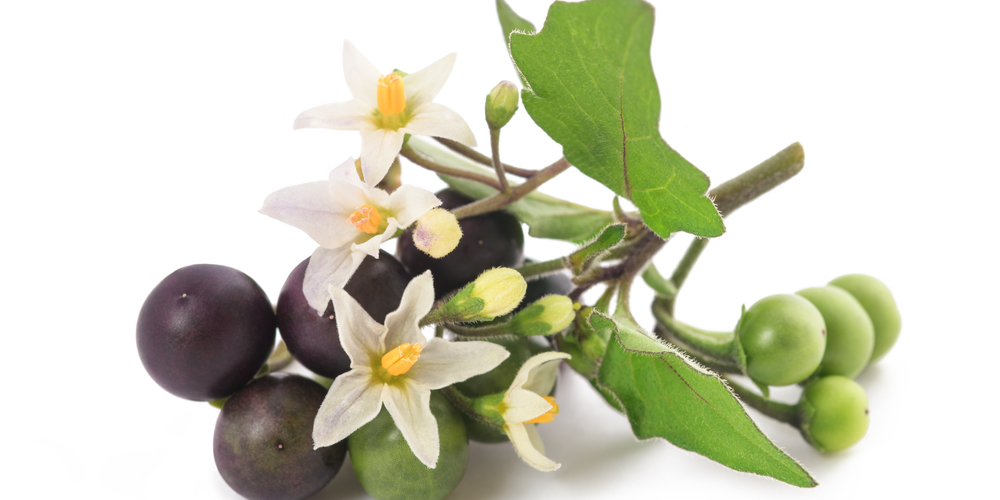Shade-Tolerant Plants: 101
In Illinois gardens, selecting the right shade-tolerant plants can transform your shaded spaces into lush, vibrant areas.
Understanding which plants thrive in low-light conditions is essential for successful shade gardening.
What is Shade Tolerance?
Shade tolerance refers to a plant’s ability to grow and thrive in areas with limited direct sunlight.
These conditions can be categorized based on the intensity and duration of shade they receive:
- Full shade: Less than three hours of direct sunlight per day, usually under dense tree canopies.
- Partial shade: About three to six hours of direct sunlight, typically during morning or late afternoon.
- Dappled shade: Sunlight filtered through the leaves of trees, creating a patterned light effect.
Plants that are shade-tolerant have adapted to photosynthesize efficiently under these conditions.
Benefits of Growing Shade-Tolerant Plants
Shade-tolerant plants offer several benefits for your garden:
- Enhanced Aesthetics: You can create a serene and visually appealing garden space that remains green and vibrant without the need for extensive sunlight.
- Reduced Maintenance: These plants often require less watering and are less prone to stress from heat and drought, resulting in lower maintenance efforts on your part.
- Biodiversity: Incorporating a variety of shade-tolerant species can increase the ecological value of your garden, supporting various wildlife and beneficial insects.
Selecting The Right Shade-Tolerant Plants for Illinois
When choosing plants for shaded areas in your Illinois garden, it’s essential to consider species that naturally thrive under a canopy or in dimmer conditions.
Here, we’ll look at native and non-native plants that will add variety and interest to your shaded garden spaces.
Native Shade-Tolerant Plants

Wild ginger (Asarum canadense): This native groundcover flourishes in medium moisture and provides heart-shaped leaves with concealed, intriguing flowers.
- Moisture: Medium
- Interest: Hidden flowers, heart-shaped leaves
Coral Bells (Heuchera spp.): A diverse range of colors and preference for part shade make Coral Bells a vibrant choice.
- Soil: Prefers organic-rich
- Colors: Ranges from golden yellows to purples
Spice bush (Lindera benzoin): Ideal for part to full shade, it offers fragrant blooms and attracts pollinators like hummingbirds.
- Height: 6-12 feet
- Blooms: Fragrant, yellowish
Red buckeye (Aesculus pavia): A large shrub with showy panicles flowering in spring, it is also a favorite of hummingbirds.
- Sun: Part shade to full sun
- Water: More during drought
Sedges and Ferns: These natives are excellent for groundcovers, offering varied textures and resilience.
- Variety: Multiple species available
- Texture: Diverse, adding visual interest
Non-Native Options
When considering non-native plants, ensure they are not invasive and can coexist with your garden’s ecosystem.
Non-natives can bring additional color, texture, and interest while also being adaptable to lower light conditions.
Hostas: With their wide variety of sizes and hues, hostas are a commonly chosen shade-tolerant plant for gardeners seeking ease and variety.
- Variety: Large range of sizes and colors
- Care: Low maintenance
Astilbe: Known for their feathery plumes and fern-like foliage, astilbes can add a pop of color and texture to shaded parts of the garden.
- Colors: Pinks, reds, whites, and purples
- Bloom Time: Early summer
In selecting plants for your Illinois shade garden, consider these options that balance native support with horticultural interest.
Matching the right plants with your specific shade conditions can create a thriving and beautiful garden space.
Planting and Care Guide
Creating a lush, shade-loving garden requires an understanding of the specific needs of each plant in terms of soil, water, and seasonal care.
Soil Preparation
To set the stage for a vibrant shade garden, begin with soil preparation.
Amend your garden beds with plenty of organic matter such as compost or well-rotted manure.
This enriches the soil and ensures good drainage, which is crucial for the health of plants like Coral Bells and ferns.
Your soil should be loose, rich in nutrients, and able to retain moisture without becoming waterlogged.
Watering and Maintenance
Once your plants are in the ground, establish a watering and maintenance routine.
Most shade-tolerant plants prefer consistently moist soil, so regular watering is key, especially during dry spells.
However, be careful not to overwater, as standing water can promote root diseases.
Mulching around your plants will help retain soil moisture and keep roots cool.
Pruning may be necessary to remove dead or diseased limbs and encourage bushier growth.
- Watering Frequency: 1-2 times per week, depending on rainfall and species needs.
- Mulch Thickness: 2-3 inches around the base of the plant, avoiding direct contact with stems.
Seasonal Considerations
Finally, pay attention to seasonal considerations.
In Illinois, gardening means being prepared for the changes each season brings.
Spring is the time for planting and mulching, as the soil warms up.
In the summer, keeping up with watering during the heat is crucial.
Fall is ideal for planting new additions to your garden, as the cooler temperatures and autumn rain promote root growth.
Winter requires little care, but ensuring that your plants have a layer of mulch can provide them with extra protection from freezing temperatures.
Popular Shade-Tolerant Plants for Illinois
When designing your Illinois garden, consider these shade-tolerant plants to bring life to those dimly lit areas:
- Red Buckeye (Aesculus pavia)
- Height: 12-15 ft
- Bloom: April-May
- Note: Attracts hummingbirds
Your garden can benefit from the strikingly bold Red Buckeye, which not only thrives in part to full shade but also serves as a beacon for hummingbirds with its spring blooms.
- Spice Bush (Lindera benzoin)
- Height: 6-12 ft
- Bloom: Early spring
- Note: Fragrant yellow blooms
The versatile Spice Bush offers fragrant yellow flowers and adapts well to a variety of sunlight conditions, from full sun to deep shade.
- Wild Ginger (Asarum canadense)
- Growth: Low groundcover
- Bloom: Early spring
- Note: Heart-shaped leaves
Incorporate these plants into your garden for a lush, shade-filled oasis.
Proper hydration during dry spells ensures these shade-lovers remain vibrant and enduring throughout the changing Midwest seasons.
Designing a Shade Garden
Creating a shade garden in Illinois requires thoughtful planning and a focus on biodiversity to ensure a thriving, sustainable garden environment.
Landscape Planning
When starting your shade garden, assess the available shade throughout the day, as this can guide your plant choices.
Shade patterns are crucial as they can vary significantly with the time of day and season.
Incorporate different textures and heights with your plants to create a visually appealing landscape.
Start by sketching a rough layout of your garden, considering:
- Existing structures: Identify the location of fences, trees, buildings, and garden paths.
- Sunlight patterns: Note areas of full shade, partial shade, and dappled sunlight.
- Soil conditions: Test your soil for pH level and composition, such as clay or loam.
Companion Planting and Biodiversity
Incorporating a variety of shade-tolerant plants promotes a healthy ecosystem.
Consider companion planting to boost plant health and deter pests.
Coral Bells (Heuchera spp.) offer a wide color palette and perform well in partial shade alongside other perennials.
Here’s a simple guide to creating a biodiverse shade garden:
- Layered Vegetation
- Canopy Layer: Start with taller shade trees or shrubs.
- Understory Layer: Add medium-sized plants like ferns or toad lilies (Tricyrtis hirta).
- Ground Layer: Use groundcovers such as vinca or low-growing hostas to fill in gaps.
- Companion Pairs for Illinois Shade Gardens
- Pair Coral Bells with ferns for contrasting textures.
- Combine hostas with vinca for ground coverage and leafy backdrop.
Frequently Asked Questions
When selecting plants for shaded areas in your Illinois garden, it’s important to consider natives that are adapted to local conditions. Here’s a rundown on some of your top inquiries regarding shade-tolerant plants.
Which perennial plants thrive in the shaded areas of Illinois gardens?
Perennials like Coral Bells (Heuchera spp.) are excellent for part shade in Illinois gardens. They come in a variety of hues and require organic matter and consistent moisture to flourish.
What are the top native plants suitable for shaded gardens in Illinois?
Native sedges and ferns are top choices for shaded areas. They are well-suited to Illinois conditions and can provide a lush, woodland look.
Can you list flowering plants that perform well in the shaded regions of Illinois Zone 5 to 7?
Wild ginger (Asarum canadense) and Red buckeye (Aesculus pavia) are flowering plants that thrive in shade. They are tolerant of Zones 5 to 7, with Red Buckeye attracting hummingbirds with its spring blooms.
What are the most recommended shade-tolerant shrubs for Illinois landscaping?
Spice bush (Lindera benzoin) is a recommended native shrub with fragrant yellow blooms. It is suitable for shaded areas in Illinois landscapes and for attracting wildlife.
What woodland plant species are ideal for shade gardens in Illinois?
Woodland plant species such as ferns and wild ginger are ideal for shady spots. They’re adapted to thrive under the canopy of Illinois forests.
Which shade-loving plants have the longest bloom period suitable for Illinois gardens?
Plants with prolonged bloom periods in shade include Coral Bells. They can provide color from spring through fall, depending on the species and variety.


